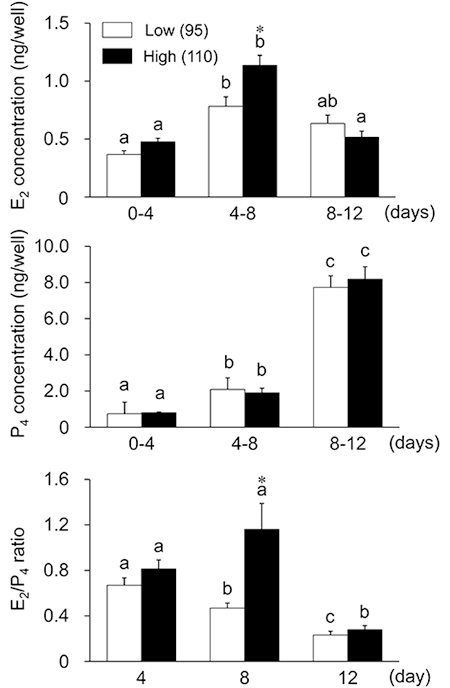- |<
- <
- 1
- >
- >|
-
Article type: Opinions and Hypotheses
2018Volume 64Issue 6 Pages 463-468
Published: 2018
Released on J-STAGE: December 14, 2018
Advance online publication: September 10, 2018Download PDF (5211K)
-
 Article type: SRD Outstanding Research Award 2017
Article type: SRD Outstanding Research Award 2017
2018Volume 64Issue 6 Pages 469-476
Published: 2018
Released on J-STAGE: December 14, 2018
Advance online publication: October 08, 2018Editor's pickCover Story:
The review article by Uenoyama et al. describes the roles of hypothalamic kisspeptin in the central mechanism regulating puberty and subsequent reproductive functions in mammals. The schematic illustration shows a possible mechanism regulating the pubertal augmentation of Kiss1 expression in the arcuate nucleus (ARC) to trigger pulsatile GnRH/gonadotropin secretion in rodents. The authors suspect that estrogen strongly suppresses ARC Kiss1 expression during the prepubertal period via direct and indirect pathways and that the sensitivity to estrogen negative feedback action on ARC Kiss1 expression decreases during the pubertal transition. The resultant increase in secretion of kisspeptin would trigger GnRH/gonadotropin secretion at pubertal onset (Uenoyama et al. The role of kisspeptin in the mechanism underlying reproductive function in mammals. pp. 469–476).Download PDF (1154K)
-
Article type: Review
2018Volume 64Issue 6 Pages 477-484
Published: 2018
Released on J-STAGE: December 14, 2018
Advance online publication: September 28, 2018Download PDF (1669K)
-
Article type: Original Article
2018Volume 64Issue 6 Pages 485-488
Published: 2018
Released on J-STAGE: December 14, 2018
Advance online publication: August 30, 2018Download PDF (589K) -
Article type: Original Article
2018Volume 64Issue 6 Pages 489-494
Published: 2018
Released on J-STAGE: December 14, 2018
Advance online publication: October 01, 2018Download PDF (1291K) -
Article type: Original Article
2018Volume 64Issue 6 Pages 495-502
Published: 2018
Released on J-STAGE: December 14, 2018
Advance online publication: October 08, 2018Download PDF (2167K) -
Article type: Original Article
2018Volume 64Issue 6 Pages 503-510
Published: 2018
Released on J-STAGE: December 14, 2018
Advance online publication: August 23, 2018Download PDF (939K) -
Article type: Original Article
2018Volume 64Issue 6 Pages 511-522
Published: 2018
Released on J-STAGE: December 14, 2018
Advance online publication: September 01, 2018Download PDF (7057K) -
Article type: Original Article
2018Volume 64Issue 6 Pages 523-527
Published: 2018
Released on J-STAGE: December 14, 2018
Advance online publication: September 17, 2018Download PDF (590K) -
Article type: Original Article
2018Volume 64Issue 6 Pages 529-534
Published: 2018
Released on J-STAGE: December 14, 2018
Advance online publication: October 10, 2018Download PDF (1282K) -
Article type: Original Article
2018Volume 64Issue 6 Pages 535-539
Published: 2018
Released on J-STAGE: December 14, 2018
Advance online publication: October 09, 2018Download PDF (626K)
-
Article type: Technology Report
2018Volume 64Issue 6 Pages 541-545
Published: 2018
Released on J-STAGE: December 14, 2018
Advance online publication: September 28, 2018Download PDF (3870K)
- |<
- <
- 1
- >
- >|











